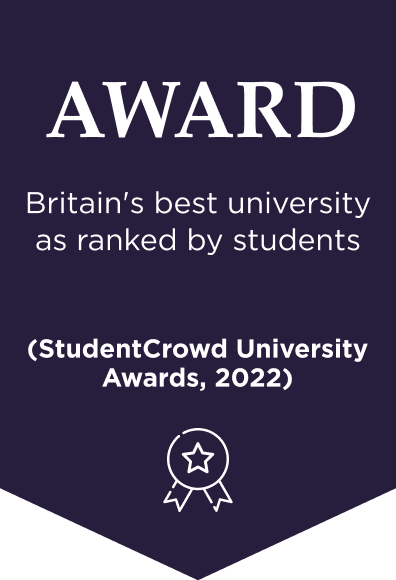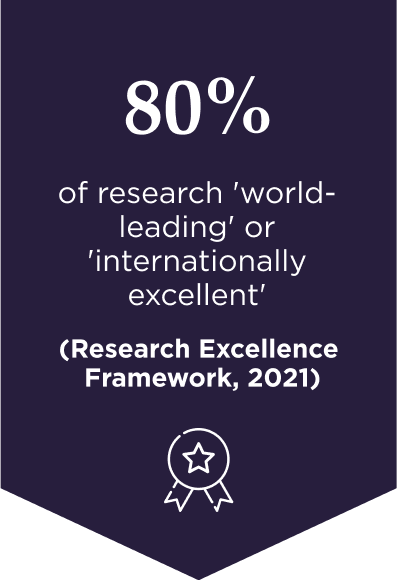Customer service technology: an advantage or a disadvantage for businesses?
Posted on: January 26, 2024by Ben Nancholas

In today’s modern landscape, customer expectations are higher than ever before. They expect access to support when – and where – they need it, to be treated as valued individuals, and to receive consistently excellent service throughout the customer journey.
IBM reports that, among people who contact a brand, product or company through social media for customer support, 32% expect a response within 30 minutes – and nearly half expect a response within an hour.
Businesses who fail to meet these expectations may well find themselves losing out in increasingly crowded, competitive and evolving markets. Many business leaders are aware of the advantages technology can offer their customer support teams, and readily embrace it to optimise critical, day-to-day business processes.
How do businesses use technology to meet customer service needs?
There’s a great deal of buzz around new technology’s potential in the customer support sector – and rightly so.
Service technology refers to any software used by customer service teams to help them achieve success and meet customer needs. Customer service tools – from self-service tech mobile apps to chatbots to real-time messaging – support workflow and process efficiency, allowing organisations to improve their overall customer experience and cultivate a healthier bottom line. Plus, automation and tech-driven solutions in the customer service space also help bridge the gap between service offerings and increasing demand for great customer service that’s personalised, proactive and instantaneous.
Popular customer service technologies include:
- helpdesks – that streamline all frontline customer interactions, such as shared inboxes, ticketing systems and reporting platforms
- artificial intelligence (AI) – from anticipating customer needs to routing customer questions to augmenting messaging
- machine learning (ML) – can support customer service agents with predictive analytics and help customers with self-service tools
- customer relationship management (CRM) – for tracking and storing customer data and customer information
- live chat and chatbots – which allow customers to chat with customer service reps or machines in highly convenient, accessible formats
- video – customer service teams can use videos to enhance one-on-one customer communications, demos, case studies and education and/or training information
- voice recognition – often paired with AI tools, voice recognition supports call filtering to help customers connect with the most appropriate teams and services
- visual search – similar to QR codes, customers can take a photo of a product and be automatically directed to a website featuring more detailed information
- augmented reality (AR) – enabling customers to explore interactive forms of education and guidance via videos and visuals.
Service technology advancements can revolutionise customer service in a number of ways, offering:
- faster response times
- greater convenience
- increased productivity
- streamlined workflows and systems
- personalised service
- higher customer satisfaction and customer loyalty
- data collection and insights, including real-time feedback
- flexibility for customer service agents
- cost-effective solutions
- time-effective solutions.
All in all, customer service technologies allow companies to deliver the best possible level of service to their customers, resulting in higher sales, greater market share, increased customer loyalty and better brand recognition. No matter what industry a business operates in – from financial services to e-commerce to travel and hospitality – computer-assisted service tech can help.
Are there disadvantages to using technology in customer service?
For all its innovations and advantages, the technology isn’t yet perfect. It’s likely we can all bring to mind times when AI call filtering software has failed to understand our issue, when a self-service check-out has ground to a halt due to an ‘unexpected item in the bagging area’, or when we’ve had to resort to finding a customer service rep as the train station barrier doesn’t recognise our ticket.
While automated customer service works effectively for standardised queries, it often performs less well when tasked with complex problems. Fully automated solutions often lack the nuance required to deal with human requests – and aren’t necessarily transferable across different industries and sectors – leading to the execution of incorrect commands. Furthermore, there are many situations – such as cases of stolen identity or other emergencies – where customers would probably rather deal with a person than a machine. After all, for many of us, an empathetic, sensitive and trained professional is likely to be a more reassuring presence at the end of a phone.
Additionally, privacy concerns, high implementation costs, technical issues and impersonal interactions can also play a role in creating a less-than-satisfactory customer experience.
What is the future of customer service?
Good customer service still requires that which cannot yet be matched by technology: the human touch.
While digital technologies and automation will continue to transform and improve customer service capabilities, it’s likely they will still complement – rather than supersede – their human counterparts. By setting up tech solutions to handle much of the ‘busywork’, customer service professionals will have more time to focus on more complex customer questions, problems and issues – and work on tasks and projects that add value and increase customer satisfaction.
The best customer service offerings will aim to further optimise the customer experience. This includes harnessing data to personalise interactions, offering omnichannel support so customers can interact seamlessly across platforms, and understanding how the customer service model can be made more customer-centric, efficient and enjoyable. Striking a balance between computer assistance and human labour – and collecting valuable customer feedback, data and insights to shape practice – is integral to achieving this goal.
Harness computer-assisted technologies to deliver fantastic customer service
Want to understand how customer service tech solutions can transform the ways in which businesses operate?
Gain the specialist skills and know-how to leverage computer assistance to achieve business goals, with Keele University’s online MSc Computer Science programme.
Whether you’re looking to switch to a rewarding career in computer science, or are upskilling to progress in your current role, our flexible, 100% online course is the answer. Whatever your background or level of knowledge, you’ll develop expertise across key computer science fundamentals and learn how to apply computer science tools to real-world problems. You’ll study design and programming, user interaction, software engineering, data analysis, cybersecurity and system architecture, and become adept in in-demand programming languages such as Python, Java and XML.



